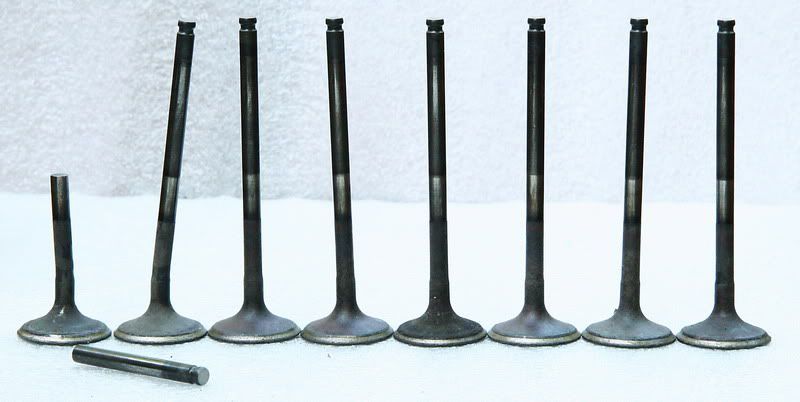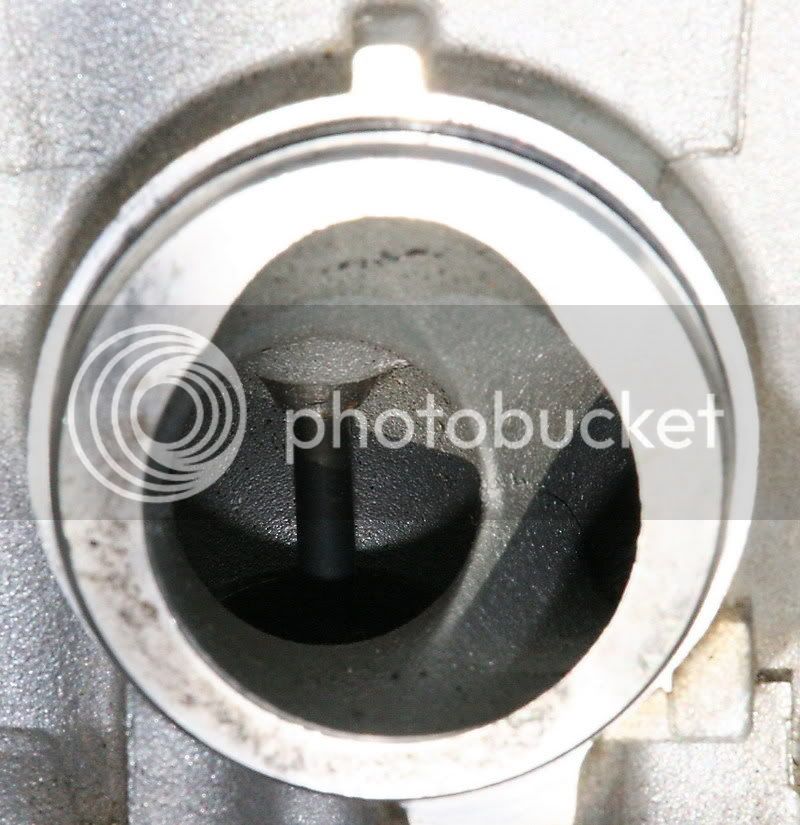Warchild
Benevolent Dictator
Say whaaaaaat? You mean youse guys don't like my current hairpiece? B)Cool! Somebody found Dales lost hairpiece!!
Or maybe it's his real hair?


Say whaaaaaat? You mean youse guys don't like my current hairpiece? B)Cool! Somebody found Dales lost hairpiece!!
Or maybe it's his real hair?

No idea you could be so cruel, Mark. I had to consider a negative reputation hit for that zinger. :lol:Excellent PostTM Alan.
Are you sure you don't repair mcy engines? Or atleast bend the valves? I only ask because you seem too knowlegable to not have been a mcy mechanic with "hands on" experience.
+1, Gunny! Alan is "The Man"!









Go ahead...give it to me. I deserve it.No idea you could be so cruel, Mark. I had to consider a negative reputation hit for that zinger. :lol:Excellent PostTM Alan.
Are you sure you don't repair mcy engines? Or atleast bend the valves? I only ask because you seem too knowlegable to not have been a mcy mechanic with "hands on" experience.
Yep, I agree, but with a clarification: those are Howie's manatees, they look like Beemerdon, but they're female manatees per Howie's preference.I still stand by my statement though that Alan could explain nuclear physics to one of Beemerdon's manatees...and make him understand.
Oh for Petey's sake, Mark! Are you having brandy and egg nog for lunch again? Once again, here's the sexual preference breakdown for your FJR Forumites (sodomites):Yep, I agree, but with a clarification: those are Howie's manatees, they look like Beemerdon, but they're female manatees per Howie's preference.I still stand by my statement though that Alan could explain nuclear physics to one of Beemerdon's manatees...and make him understand.
Bent valves are the gateway to a deeply educational experience. And a busted bank account....Or atleast bend the valves?...


Consider it done!uurrrp. I think i just threw up a little bit.
Someone please give me a minus one so I can feel better and assuage my guilt.
Those valve pictures are like a train wreck. I didn't want to look, but I just had to. And when I had I got the same sick feeling in my stomach.uke:
Yeah, thankful I didn't.Just imagine if you'd had to pay those labor rates...
And then the Germans came along and squeezed water out of that wire. :lol:Like Orangevale, I also use the cheapest gas I can find in my 2003 FJR (copper wire was invented by two Irishmen fighting over a penny!); with 50K on my Miss Lucy Liu I better switch over to Chevron and Shell.
Damn, Wheaties, that invitation for ONE minus is trashing your reputation. I haven't, but it looks like SEVERAL people have taken you up on your request. By the time this thread runs its course, you're going to go from one of the best reps on the board to a pariah that the admins have to consider tossing. :lol:uurrrp. I think i just threw up a little bit.
I totally spaced on that tragic event when I first posted up...now I see what Rich was talking about. Someone please give me a minus one so I can feel better and assuage my guilt.
Just so I'm clear on this, Alan, are you saying that Ivan's questions about the explanation for this event were not completely off the wall?At the risk of being on topic, I'll throw out a few items.
To split hairs, a ticker is a ticker because the valve guides have worn to the point that the valve stems rattle in the guide bores creating the TICK that Gen I owners live in fear of. While this condition isn't preferred it also isn't detrimental to the engine; engine performance degradation is is minimal with the only notable problems of increased oil consumption and possibly damaging the cat con. I point out the fine line between the OP's worn guides and a ticker for a reason. If you start and run your engine you will have valve guide wear, it is a fact of life. Every conventional engine with valves has guide wear. One thing you can always count on during an engine rebuild is worn valve guides.
One of the challenges of valve train design is the relationship between the valve stem seals and the valve guides. Designers actually look at valve stem seals as metering devices that are intended to deliver the proper amount of oil to the valve stem and guide. Too little oil and the valve stems and guides have accelerated wear, the root cause of tickers. Too much oil on the intake side can foul spark plugs and contribute to the buildup of carbon deposits on the backs of intake valves and combustion chamber. Excess carbon in the combustion chamber will raise compression which can lead to detonation under engine load. Oil deposits on the backs of the intake valves in fuel injected engines can also lead to hesitation and idle problems. Too much oil past the exhaust valves can over heat the catalytic converter.
The fact that the OP's engine has valve guide wear is normal. What is alarming to me is that the OP is being told that the cylinders are leaking past the exhaust valves. If this is really true this is a really Bad Thing™; this condition will rapidly burn the exhaust valves and valve seats. It is true that carbon deposits can cause exhaust valve seating problems, but damn, I sure hope that is not the case here. Since NightShine has low cylinder pressure based only on a leakdown test and not further tests, it would seem that his engine's deposits had not raised compression. Since there was no reported knocking, deposits had not reached a point of increased compression or acted as a glow plug to prematurely ignite the intake charge. If there were carbon deposits holding up the exhaust valves I would have expected the exceptionally hot valve edges with carbon hot spots to cause knocking.
Things that may be too late to know are the values from a valve clearance check and more importantly, cam alignment. If the cam timing is off one tooth it absolutely could cause the across the board cylinder pressure reduction. I'm hard pressed to see carbon deposits causing sealing problems equally in every cylinder. Sticking rings in all four cylinders can cause equally low pressures in all cylinders. I would be very interested to know if NightShine's engine has had the cam chain off the cams for a valve adjustment because this would be where a valve cam alignment problem could be introduced. If fact, if a cam was indeed misaligned -- which has proven to be easy to do -- it could well contribute to the deposits in the cylinders.
Having been a lucky owner of 4 sets of stuck rings at <40k miles I am now a Yamaha Ring Free user at least once a year. Techron is never wrong to use more than once a year, and the same is true of SeaFoam.
Serve. Volley?
I'm pleased to see this question! I'm not saying anyone is wrong, in error, or is without a clue. I hope to offer facts, information and my interpretations based on how I understand what I read from the previous posts. I have offered a scenario as I see it and solicit dialog back. Note the "Serve. Volley?" end to my post. Good dialog is a two way street, I have offered my view and welcome ongoing discussions from the person/people that are actually hands-on in this discussion. If there is to be a winner in this discussion it should be all the readers of this Forum. It is a wise Forum member that is an educated member. All I hope to do is bring accurate facts and information to the topic. The take-away from this is up to the persons that follows the thread. It's a pretty good bet that subsequent information will expand our understanding of the hard technical facts and the softer dealer/customer service relationship.Just so I'm clear on this, Alan, are you saying that Ivan's questions about the explanation for this event were not completely off the wall?
Enter your email address to join: